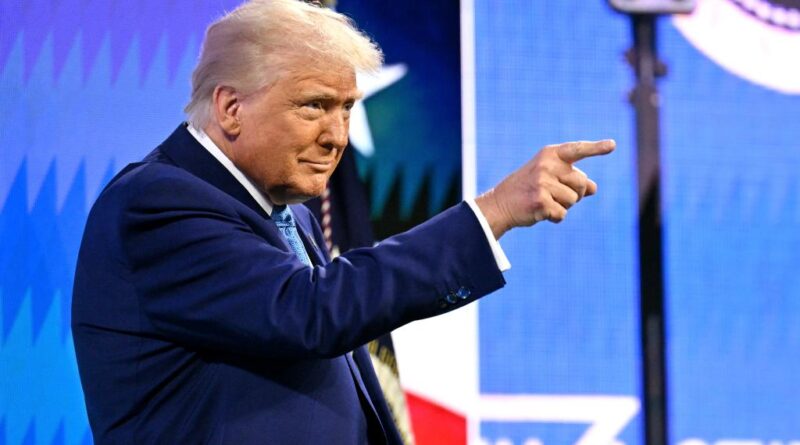Presidents Have the Authority to Dismiss Federal Employees at Their Discretion

President Donald Trump has a penchant for firing individuals and harbors a disdain for congressional limits on this presidential authority.
While his critics may interpret this behavior as indicative of his authoritarian tendencies, his grievances stem from valid concerns regarding the separation of powers, which have been raised by presidents from both parties for many years.
A century ago, the Supreme Court determined that Congress exceeded its constitutional bounds by mandating that presidents could remove “postmasters of the first, second, and third classes” only “with the advice and consent of the Senate.”
After thorough historical analysis, the majority concluded that Article II of the Constitution grants the President “general administrative control of those executing the laws, including the power to appoint and dismiss executive officers.”
In this case, it was Democratic President Woodrow Wilson asserting that authority by removing a postmaster in Portland, Oregon.
Nearly a decade later, a similar matter arose with another Democrat, Franklin Roosevelt, who dismissed a member of the Federal Trade Commission appointed by his Republican predecessor.
The commissioner’s conservative view of the FTC’s role conflicted with Roosevelt’s policy objectives, which he cited as the reason for the dismissal.
This time, the Supreme Court sided with Congress, which stated that an FTC commissioner “may be removed by the President for inefficiency, neglect of duty, or malfeasance in office.”
Interpreting that language as a limitation on presidential authority, the court ultimately upheld it, reasoning that FTC commissioners, unlike postmasters, were not “purely executive officers.”
Instead, the FTC was considered a “nonpartisan” body of “experts” with “predominantly quasi-judicial and quasi-legislative” roles meant to operate “independently of executive authority.”
The Supreme Court implicitly recognized the complications with this approach in 1988 and 2010, and in 2020 it ruled that Congress had transgressed the separation of powers by placing the Consumer Financial Protection Bureau under the control of a single director who the president could only remove for “inefficiency, neglect of duty, or malfeasance in office.”
Although the majority distinguished this arrangement from the one upheld in 1935, concerning a “multimember” commission that supposedly did not “wield substantial executive power,” its logic cast doubt on the durability of that precedent.
The CFPB ruling reaffirmed that “the entirety of ‘executive Power’ resides with the President alone,” implying that the President must have “the authority to remove — and thus oversee — those who wield executive power on his behalf.”
The majority also acknowledged that “the Court’s finding that the FTC did not exercise executive power has not endured the test of time.”
The following year, the court determined that the same principle upheld in the CFPB case also condemned the structure of the Federal Housing Finance Agency, which, like the CFPB, was led by a single director whom the president could only dismiss “for cause.”
By the same rationale, the Trump administration argues, the president should possess unlimited authority to dismiss the head of the Office of Special Counsel, an investigative agency that protects federal employees from prohibited personnel practices.
At this point in the case, the president’s legal team is not contesting the constitutionality of independent agencies like the FTC.
However, the Supreme Court may eventually revisit this topic in the current case or in another case that concerns Trump’s claims of executive power.
The 2020 CFPB decision “rejected nearly every aspect” of the court’s ruling in the case that Roosevelt lost, stated Justice Clarence Thomas in a partial concurrence shared with Justice Neil Gorsuch.
They believe the court should formally overturn that 1935 precedent, arguing that it sanctioned “unaccountable independent agencies” with “vast executive power outside our constitutional framework.”
They raise a valid point.
The Constitution delineates the federal government into three separate branches: legislative, executive, and judicial.
By recognizing an amalgamation that operates independently of presidential oversight, the justices effectively sanctioned a fourth branch of government that the framers could never have envisioned.
Jacob Sullum is a senior editor at Reason magazine.



